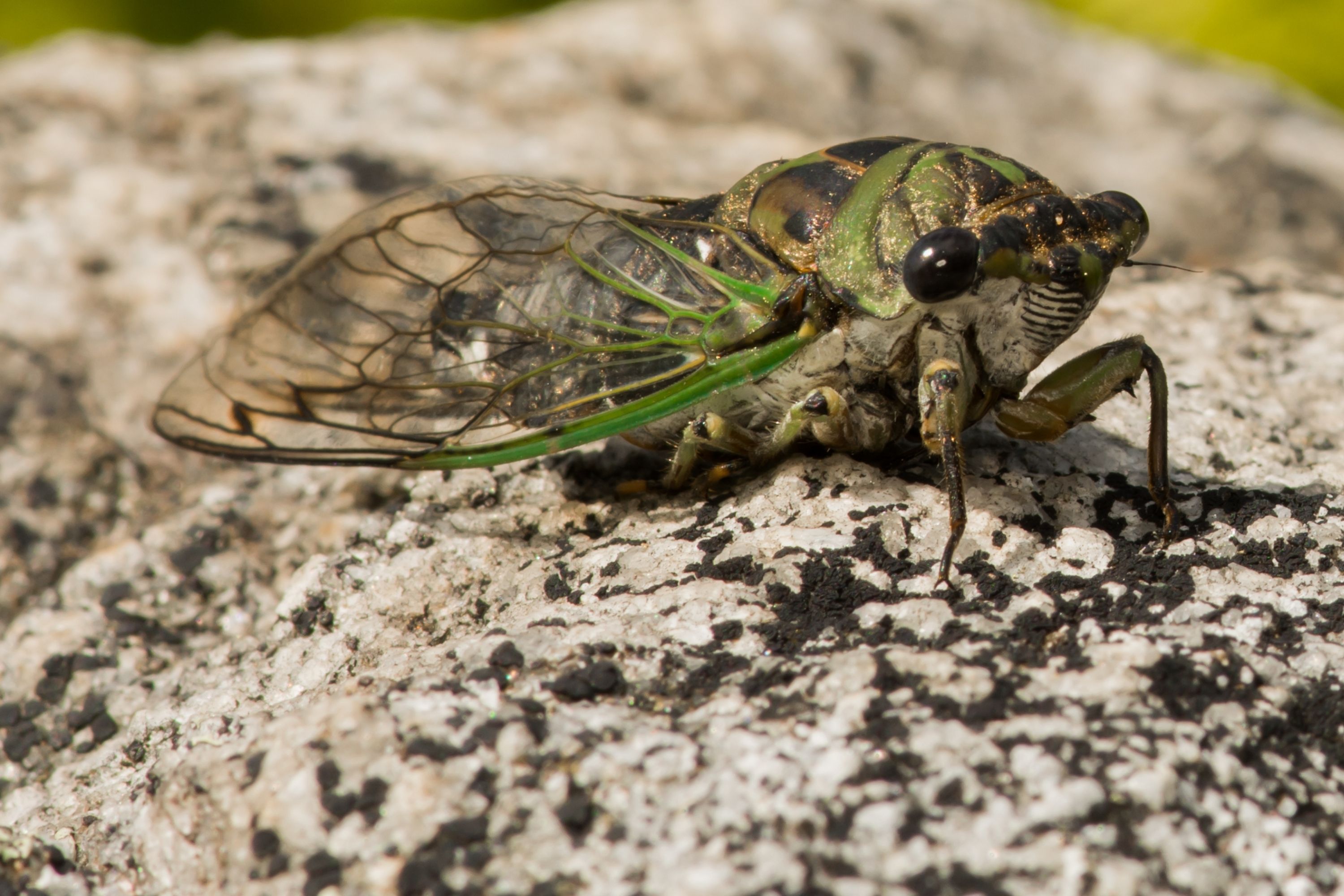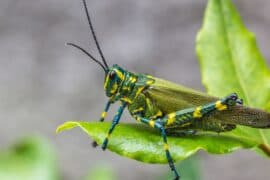Superb dog-day cicada
(Neotibicen superbus)

Description
Neotibicen superbus, the superb dog-day cicada, is a species of cicada in the family Cicadidae. It is the greenest cicada in the neotibicen genus. It has reduced black patterning and looks different than most other cicadas in its genus. Its song is a soft buzz that reaches a crescendo. Cicadas of the genus Neotibicen are large-bodied insects of the family Cicadidae that appear in summer or early fall in eastern North America. Common names include cicada, harvestfly, jar fly, and the misnomer locust. In 2015, these species were moved from the genus Tibicen (now genus Lyristes Horvath, 1926), which was redefined in the twenty-first century to include only a few European species, while species from the Western United States and Mexico are now placed in a separate genus, Hadoa. In addition, several former Neotibicen species have been moved to the genus Megatibicen. Neotibicen species are the most commonly encountered cicadas in the eastern United States. Unlike periodical cicadas, whose appearances aboveground occur at 13- or 17-year intervals, Neotibicen species can be seen every year, hence their nickname "annual cicadas". Despite their annual appearances, Neotibicen probably take multiple years to develop underground, because all cicada species for which life cycle lengths have been measured do so, except when growing as agricultural pests. Their annual reappearance is presumably due to overlapping generations. Neotibicen cicadas are 1-2 inches (25-51 mm) long, with characteristic green, brown, and black markings on the top of the thorax, and tented, membranous wings extending past the abdomen. The fore wings are about twice the length of the hindwings. Adults feed using their beak to tap into the xylem of plants; nymphs feed from the xylem of roots. Like other members of the subfamily Cicadinae, Neotibicen species have loud, complex songs, even (in many cases) with distinct song phrases. Males produce loud calls in the afternoon or evening (depending on the species) to attract females. These sounds, distinctive for each species, are produced by specialized tymbal organs on the abdomen as in most cicadas. These calls range from a loud buzz to a long rattling sound, sometimes with a pulsating quality.
Taxonomic tree:







